As directed by first-timer Dean Israelite and penned by Jason Harry Pagan and Andrew Deutschman, this found-footage pic, about teens who discover plans for a time-travel device and decide to build it, is an agreeable mash-up of Primer (for all the head-scratching that comes about as a result of their “temporal relocations”), Chronicle (for its progressively serious tone and, moreover, its sometimes unconvincing presentation) and, interestingly enough, Project X (seeing as much of the film is spent watching narrow-minded teens exploit time travel to achieve their dreams of success and popularity).
The mixture works for the first two-thirds, with nerdy David (Jonny Weston, endearingly awkward if physically unbelievable as a social outcast), sister Christina (Ginny Gardner), best friends Adam (Allen Evangelista) and Quinn (Sam Lerner) and unattainable crush Jessie (Sofia Black D’Elia) forming a likable team of heroes. As they mess around with the device, first cautiously but then with greater confidence and creativity, Israelite displays a knack for depicting teenage friendship and romance. For once in a found-footage thriller, these characters feel real. There’s an entertaining amount of comedy along with some romance, and the writers handle the balance with confidence.
It’s once Project Almanac moves into darker territory that it begins to lose its way. After watching David and his friends make light of time travel for most of the film, it’s not entirely plausible when one of them (no spoilers) goes down a murkier moral path, ‘jumping’ alone in order to correct his past mistakes and mucking up a great deal in the process. Even less satisfying is the ending, which might have been predicted by some but only serves to reinforce Project Almanac’s commitment to just scraping the surface of its topsy-turvy subject matter.
As much potential as its premise has, the film is content to play in shallow waters, never truly investing in time travel as anything other than a way for teens to better their own lives and ultimately learn that it’s a really (really) bad idea to screw around with time. Project Almanac doesn’t try to reinvent the wheel. Some might hold that against it. Others, like me, will be entertained enough by its strong cast, relentless pace and infectious energy to just go with it.
Grade: B
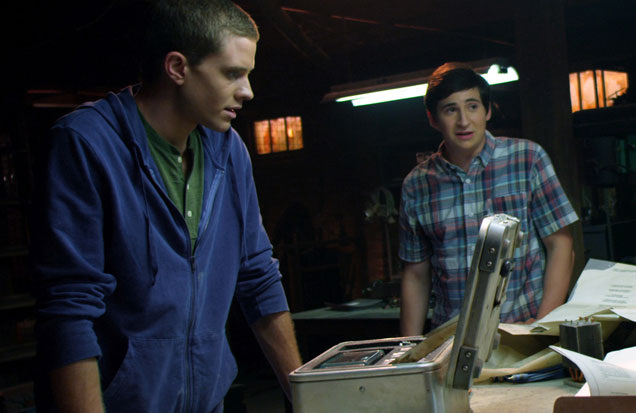
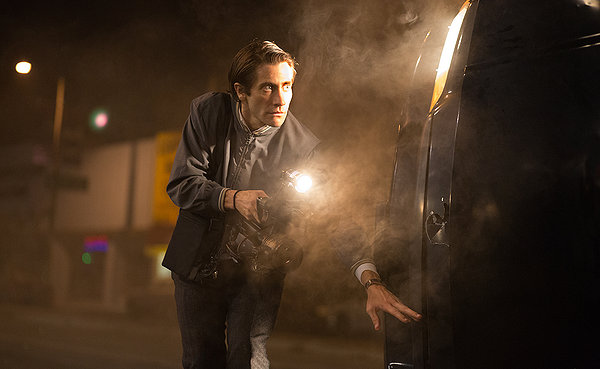
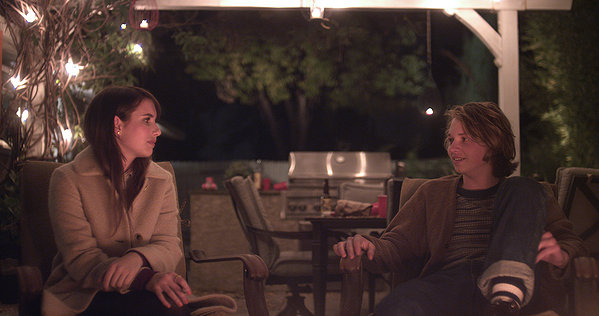
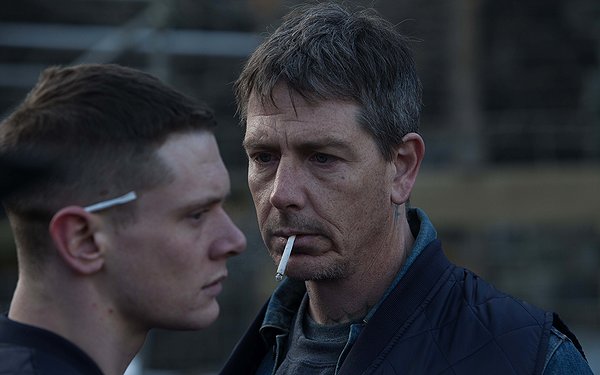
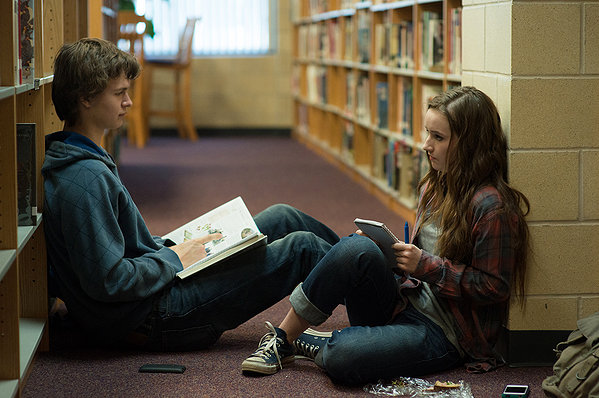
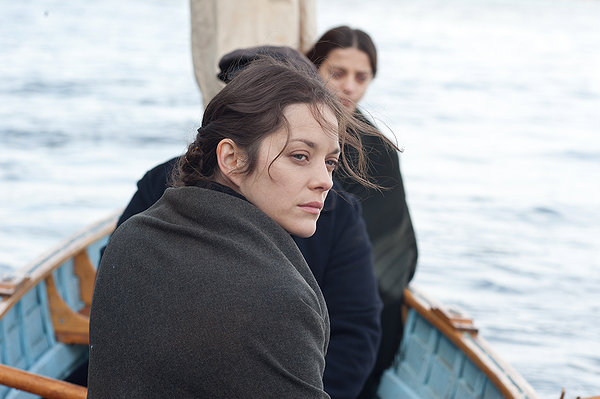
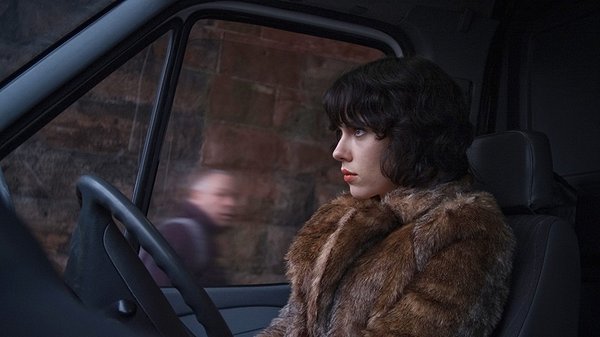

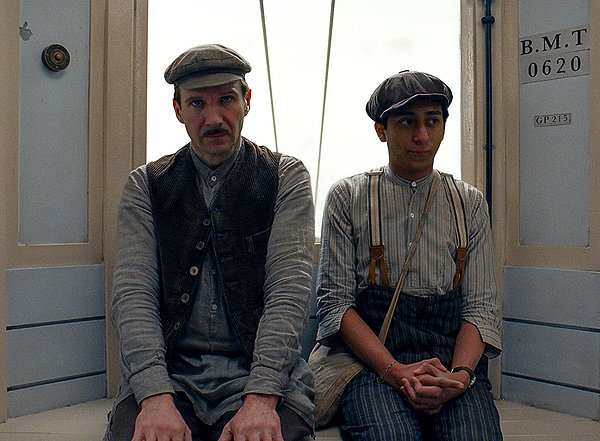
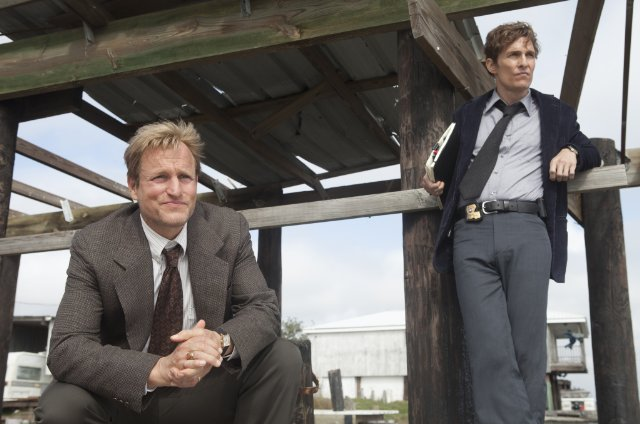
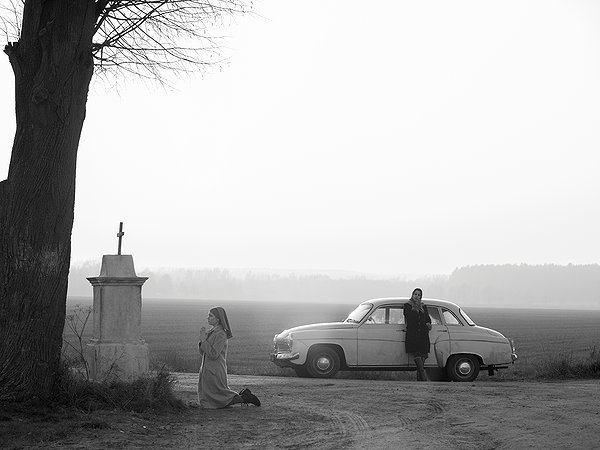
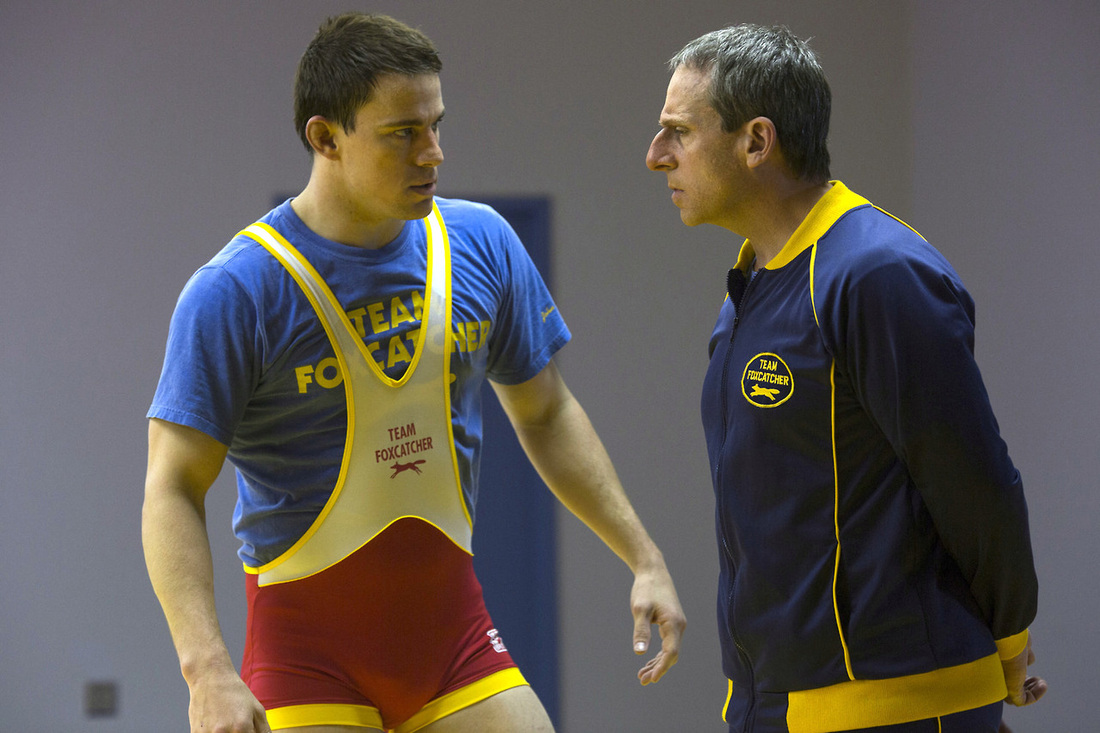
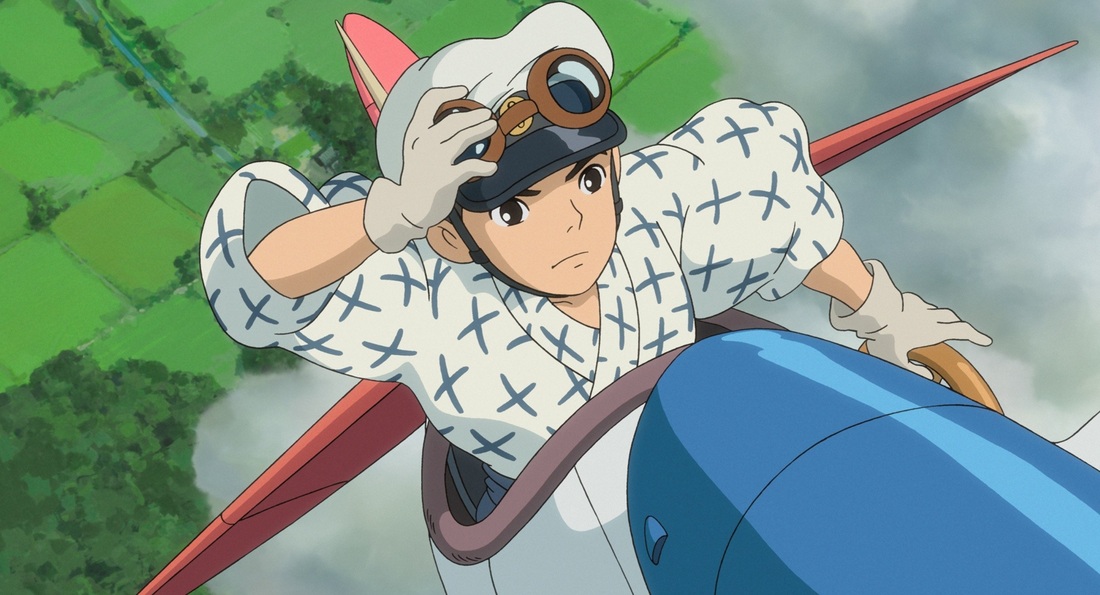
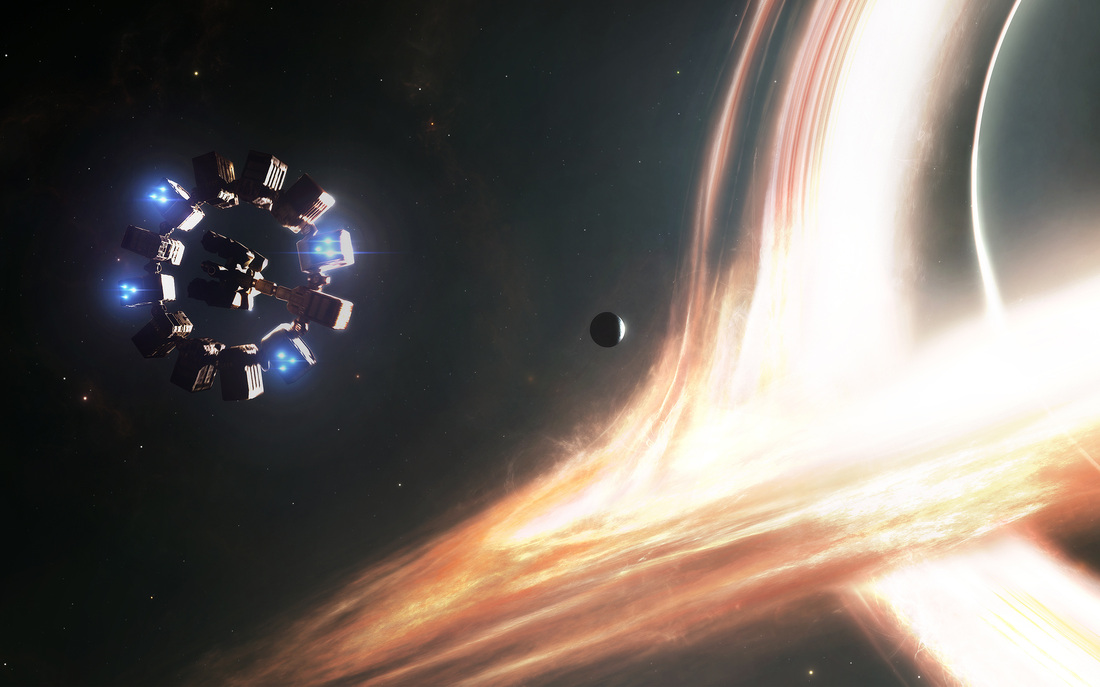
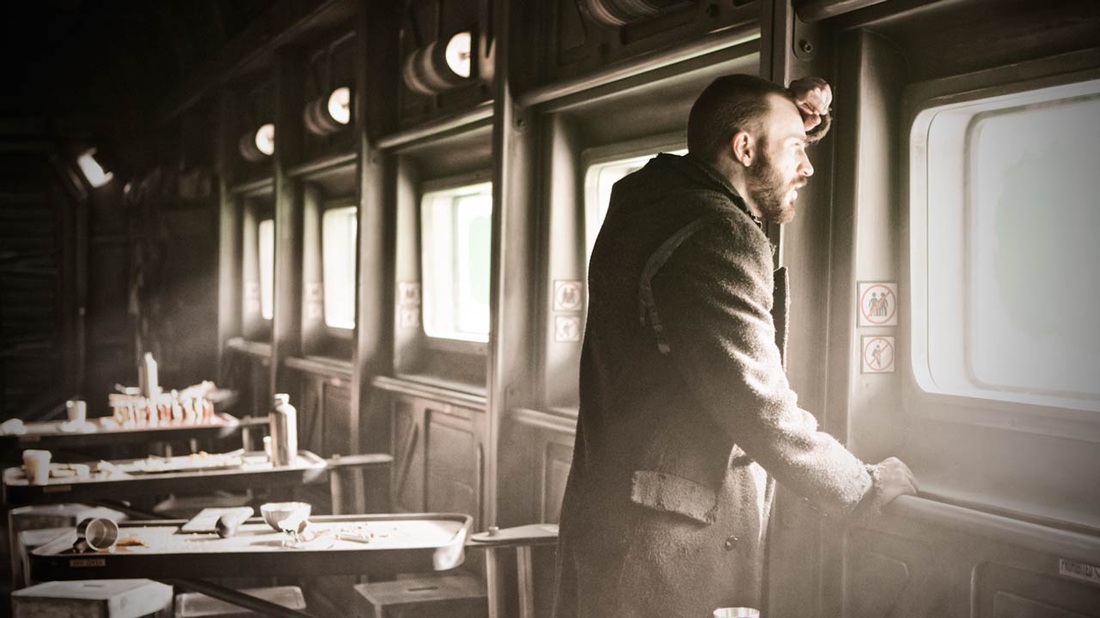
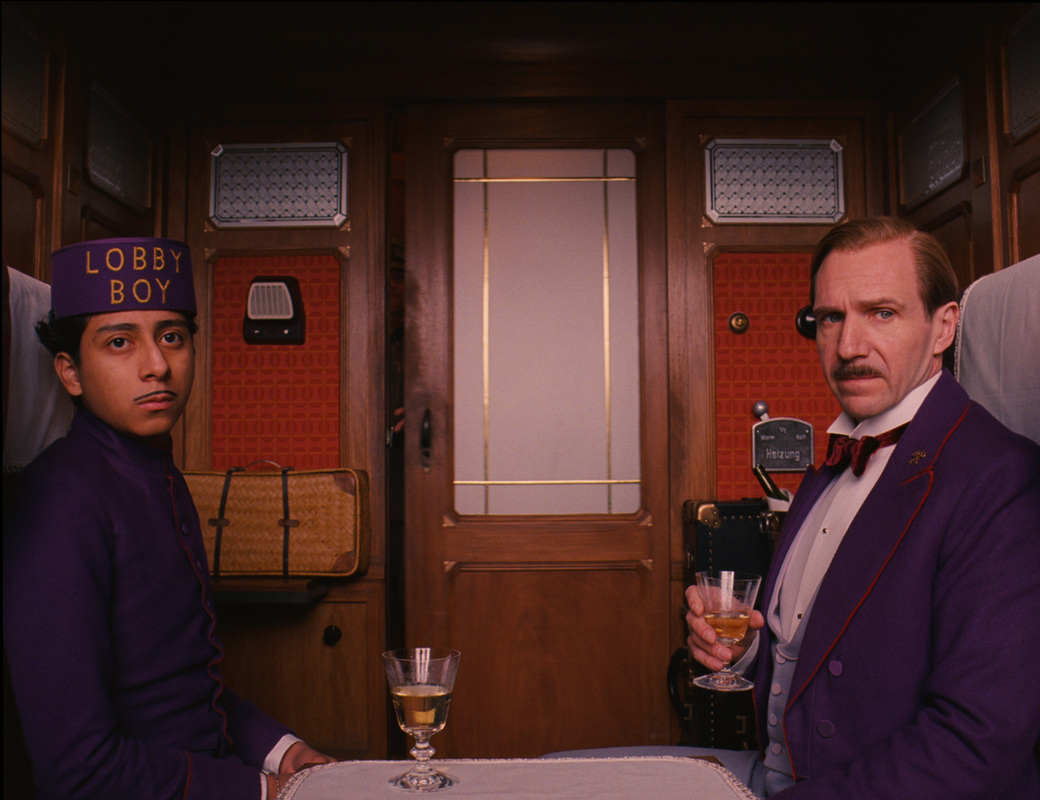
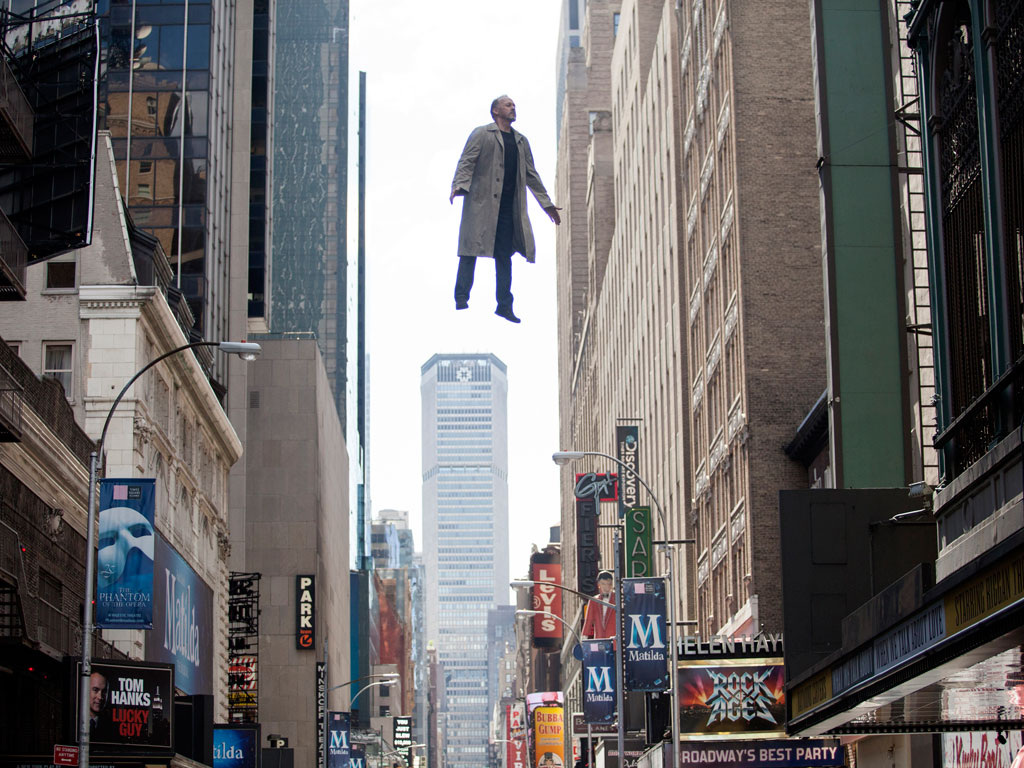
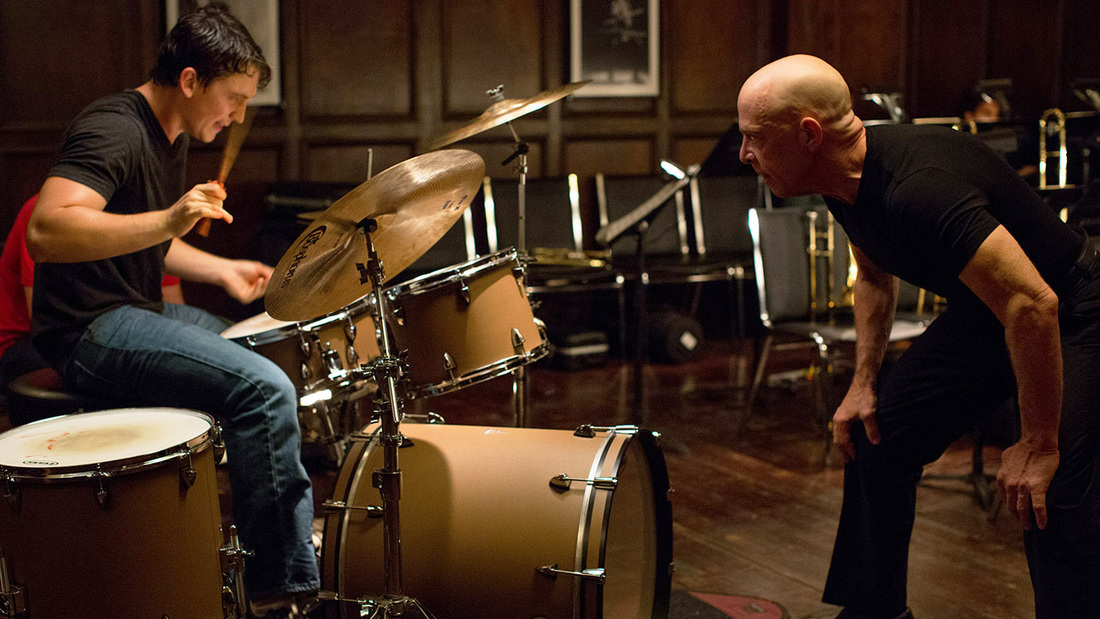
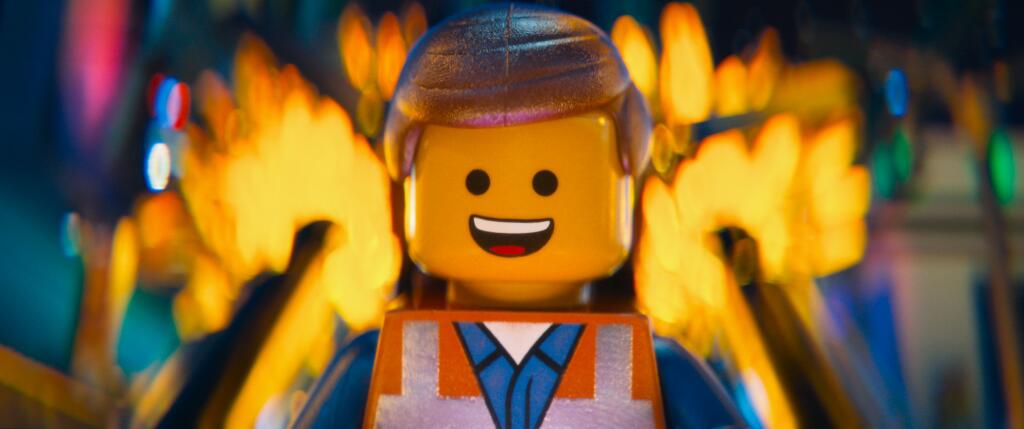
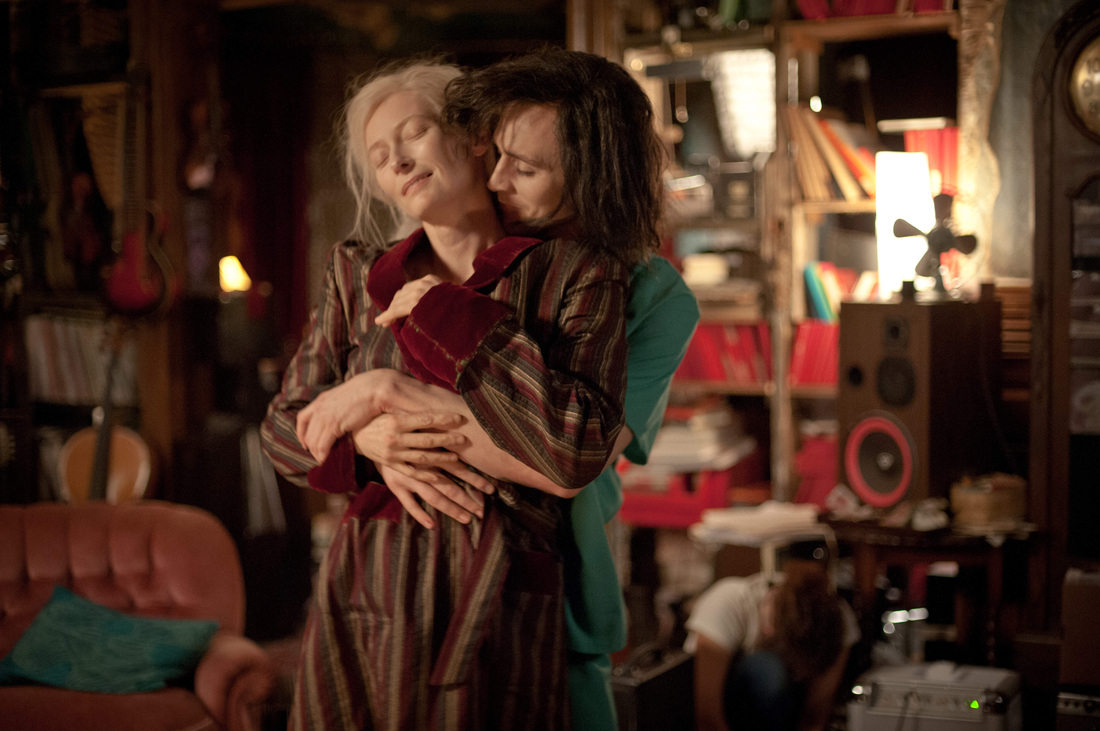
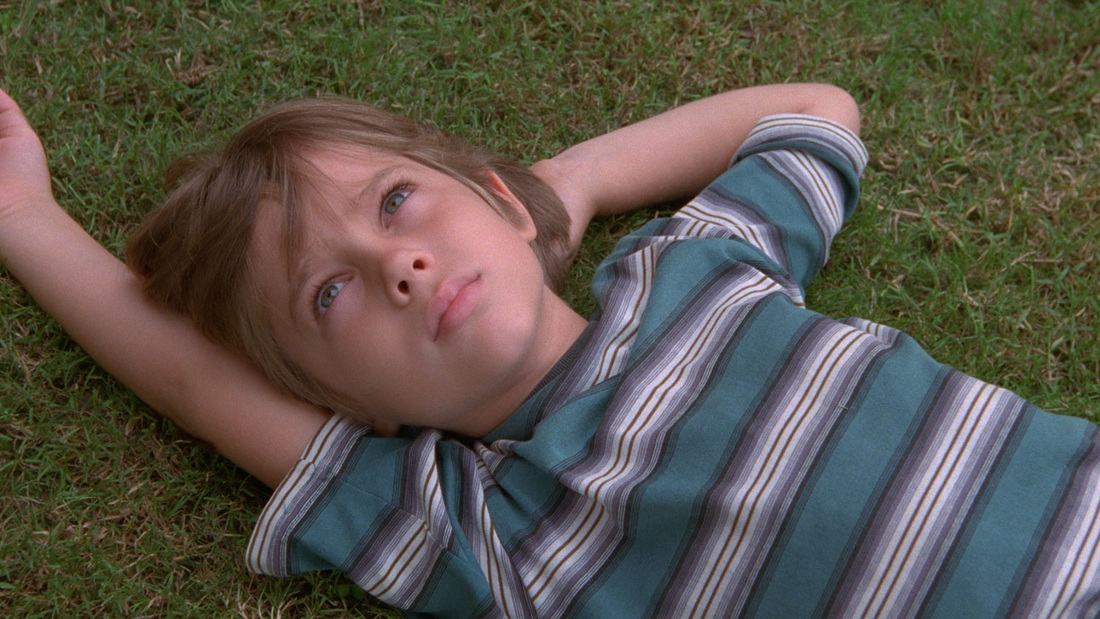
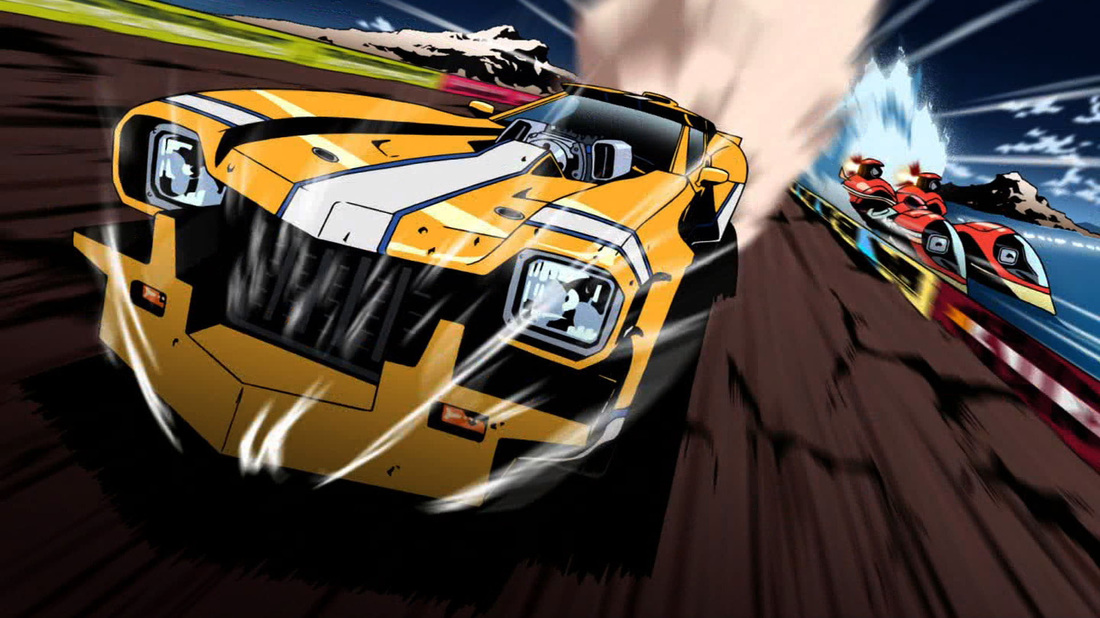
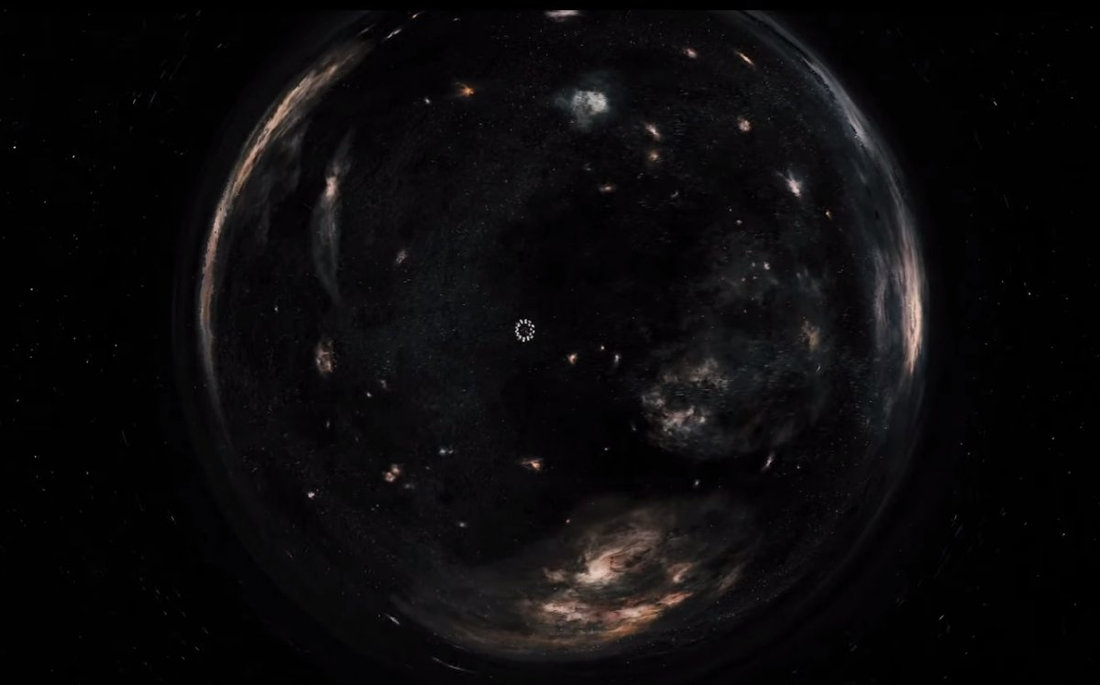
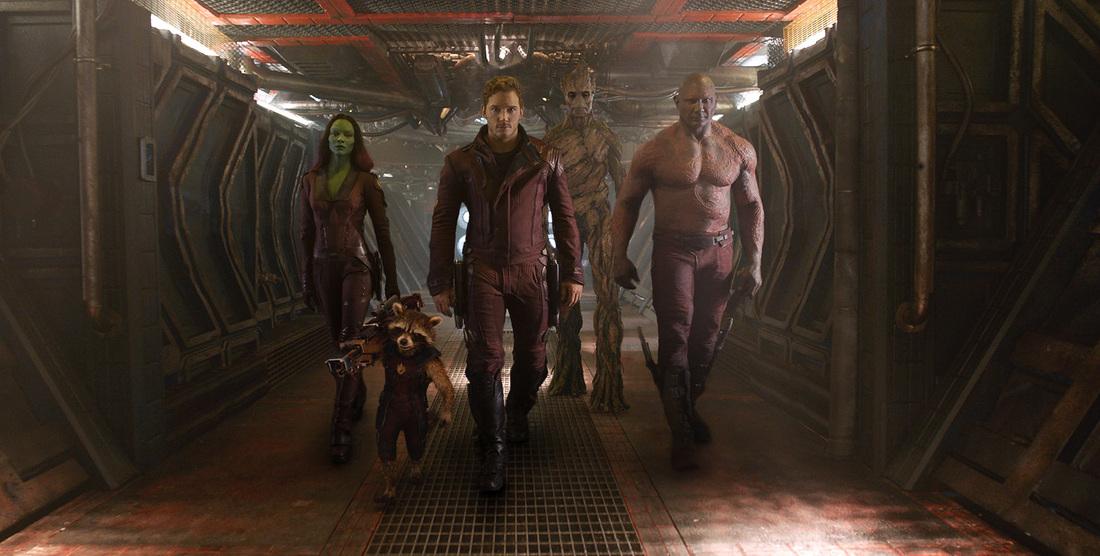
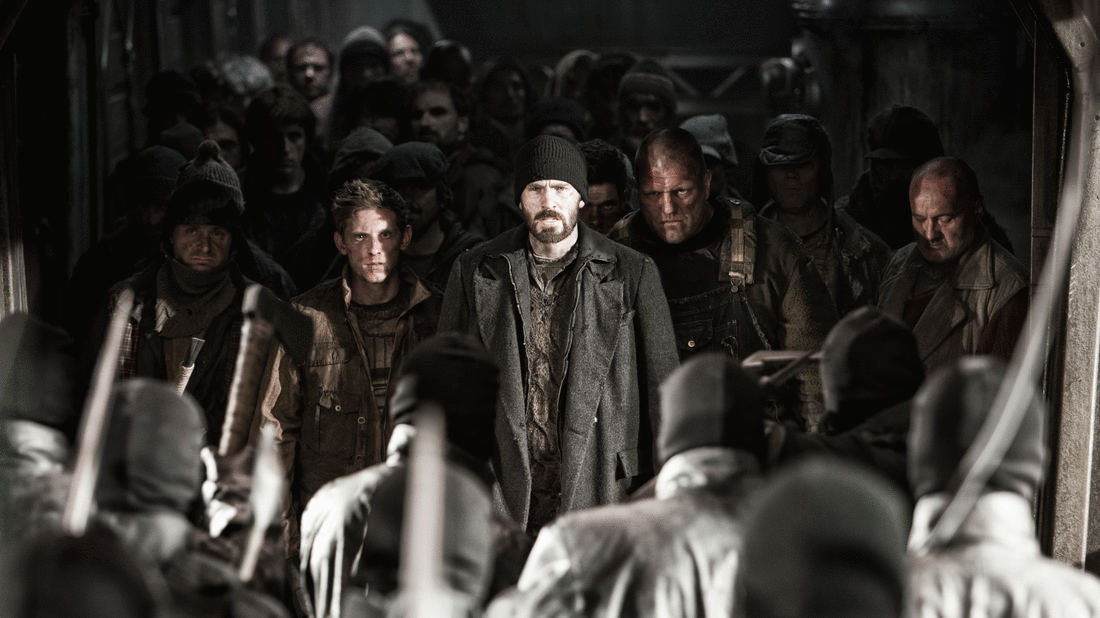
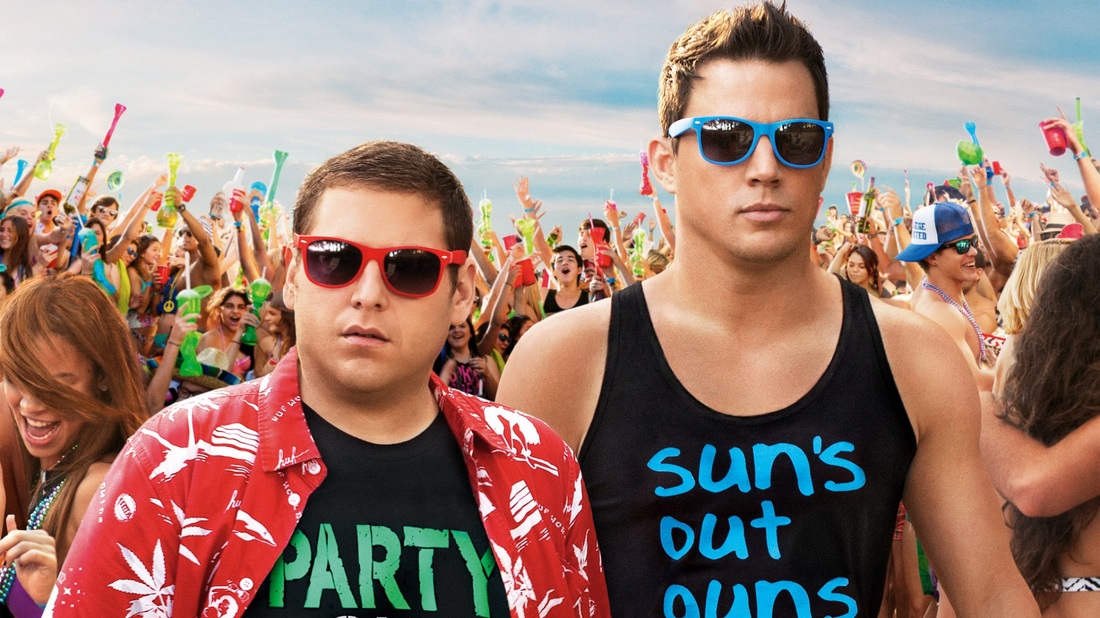
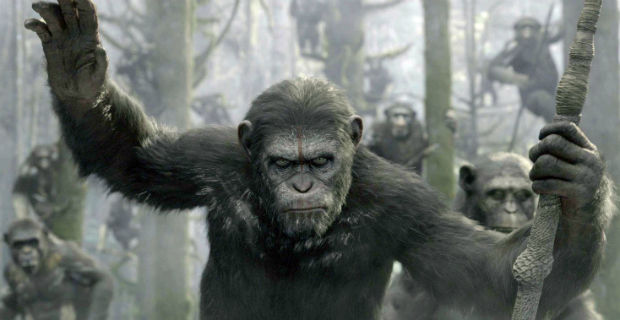
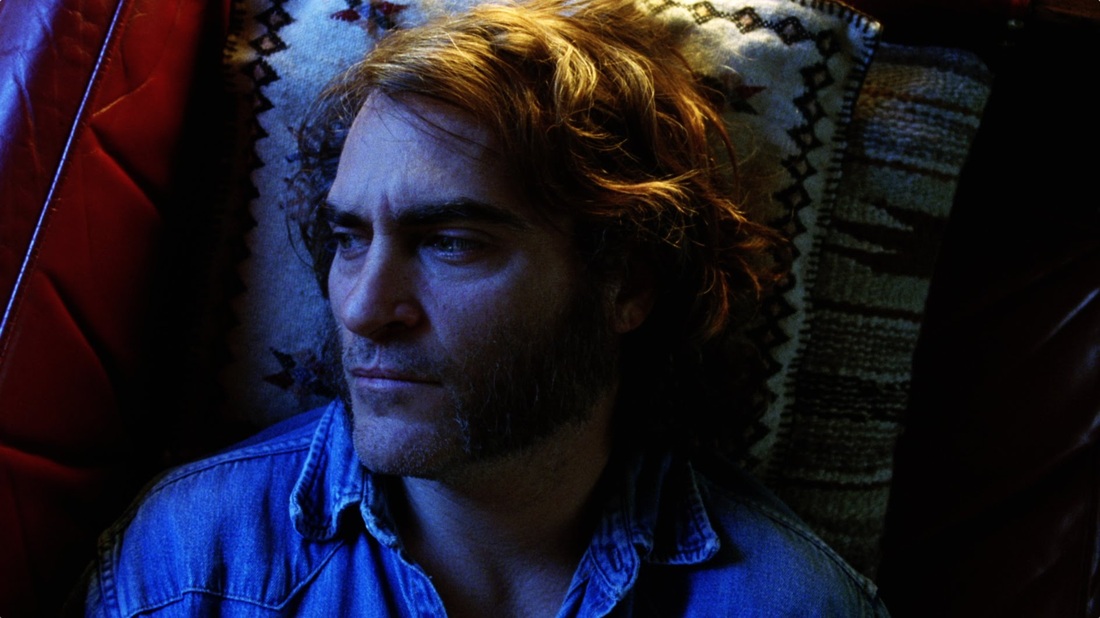
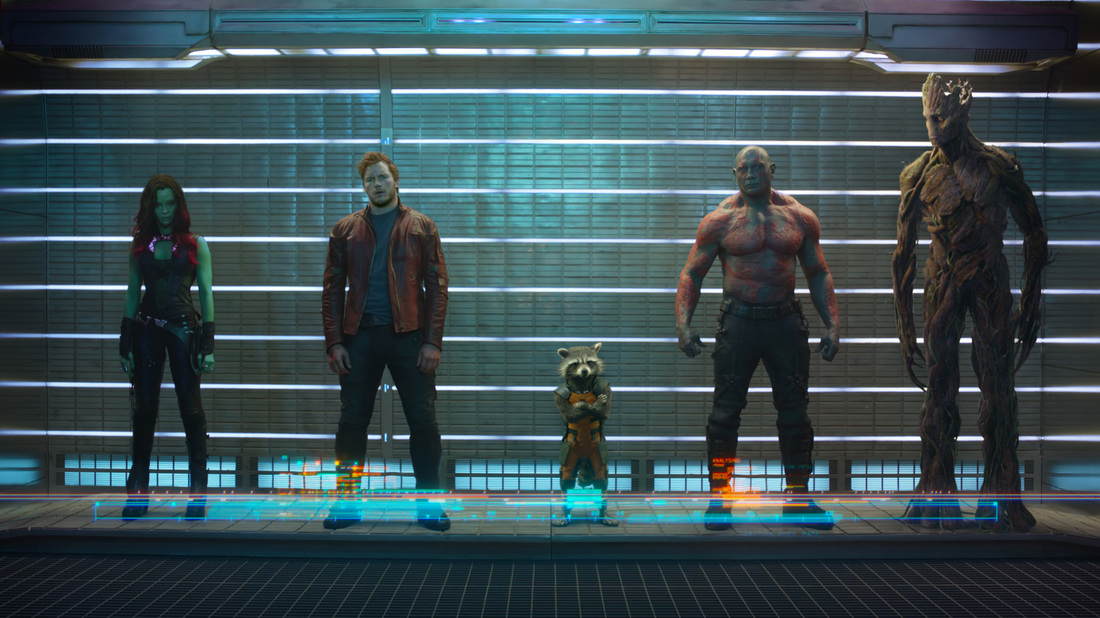
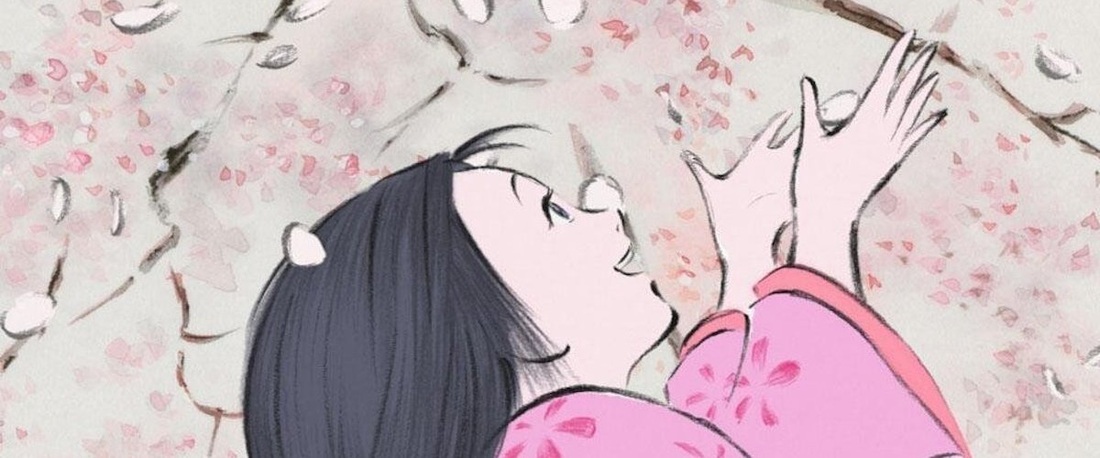
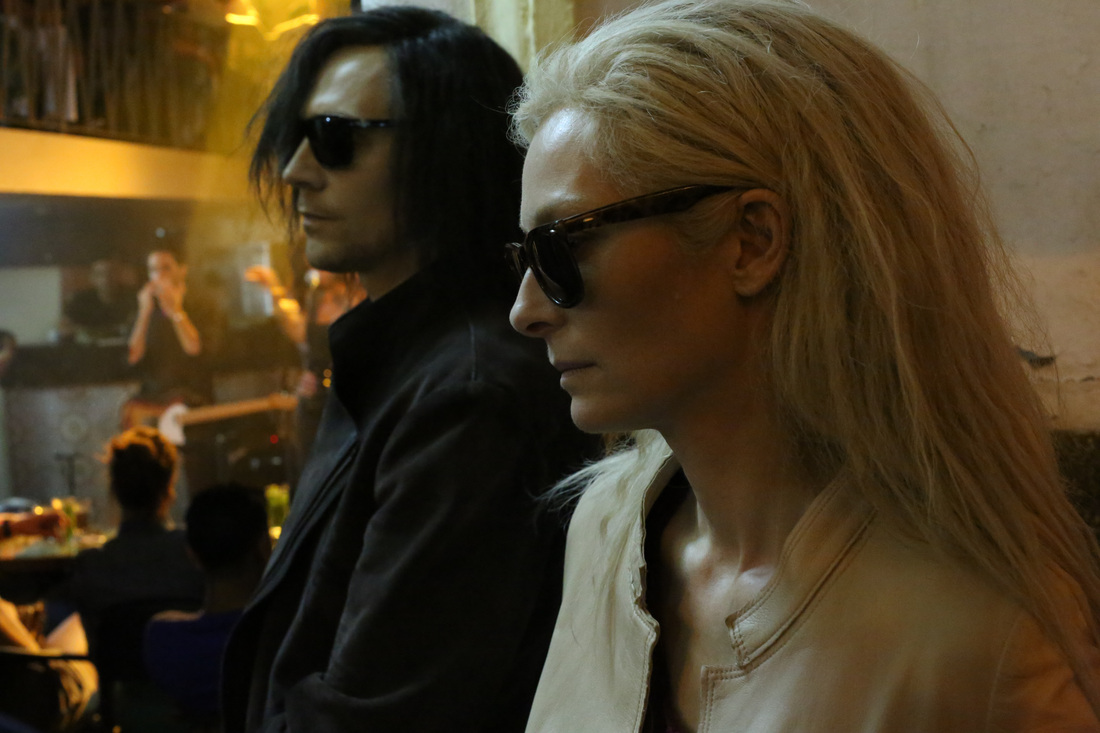
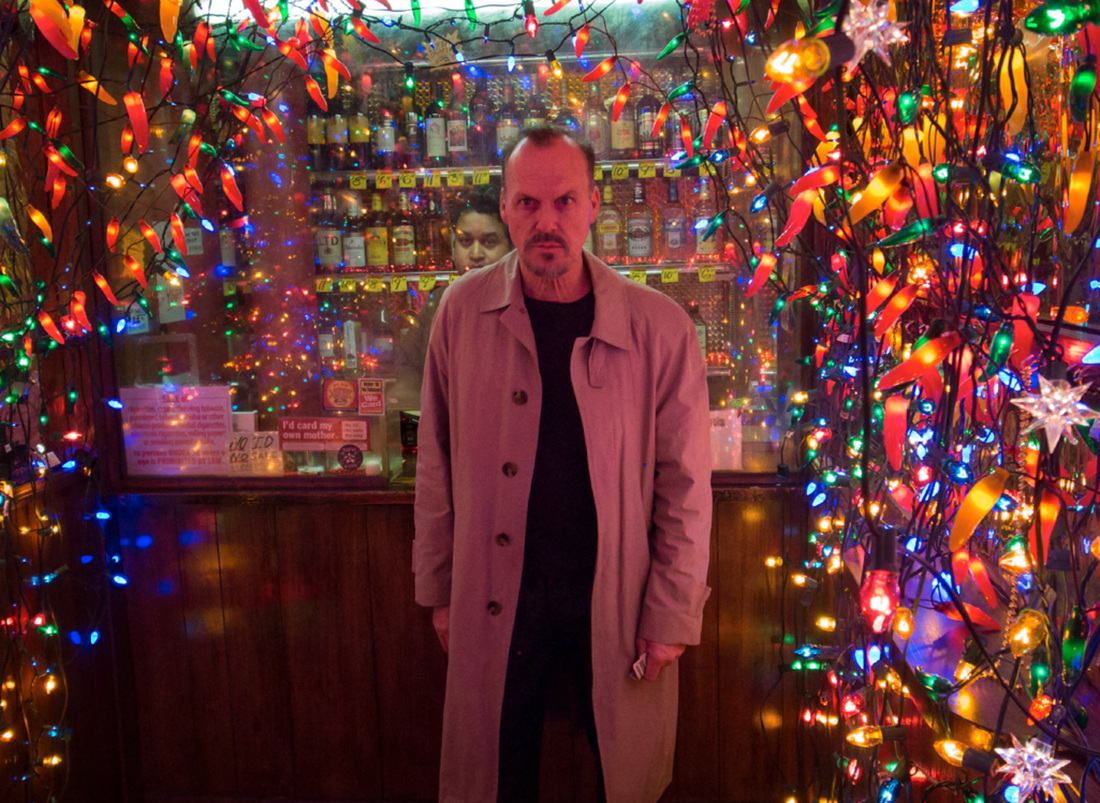
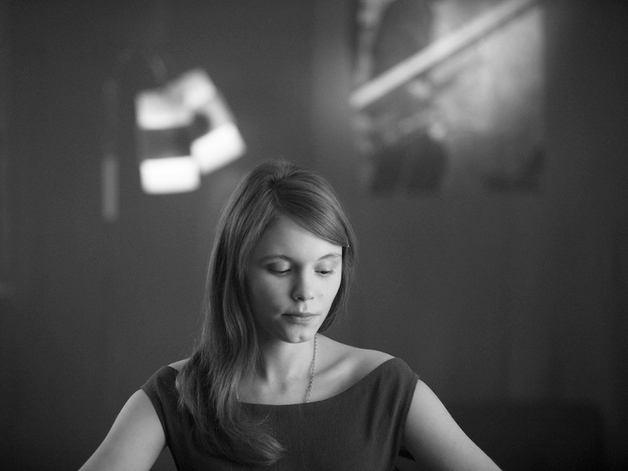
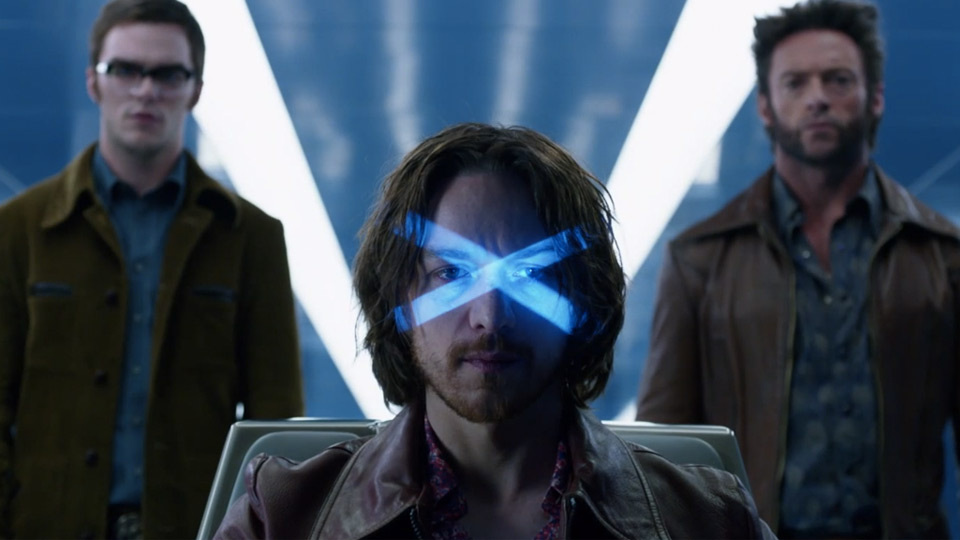
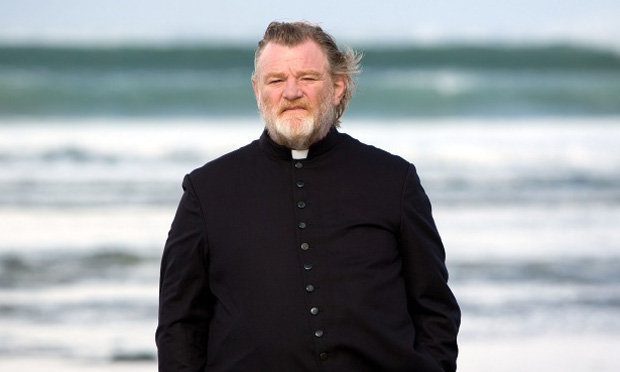
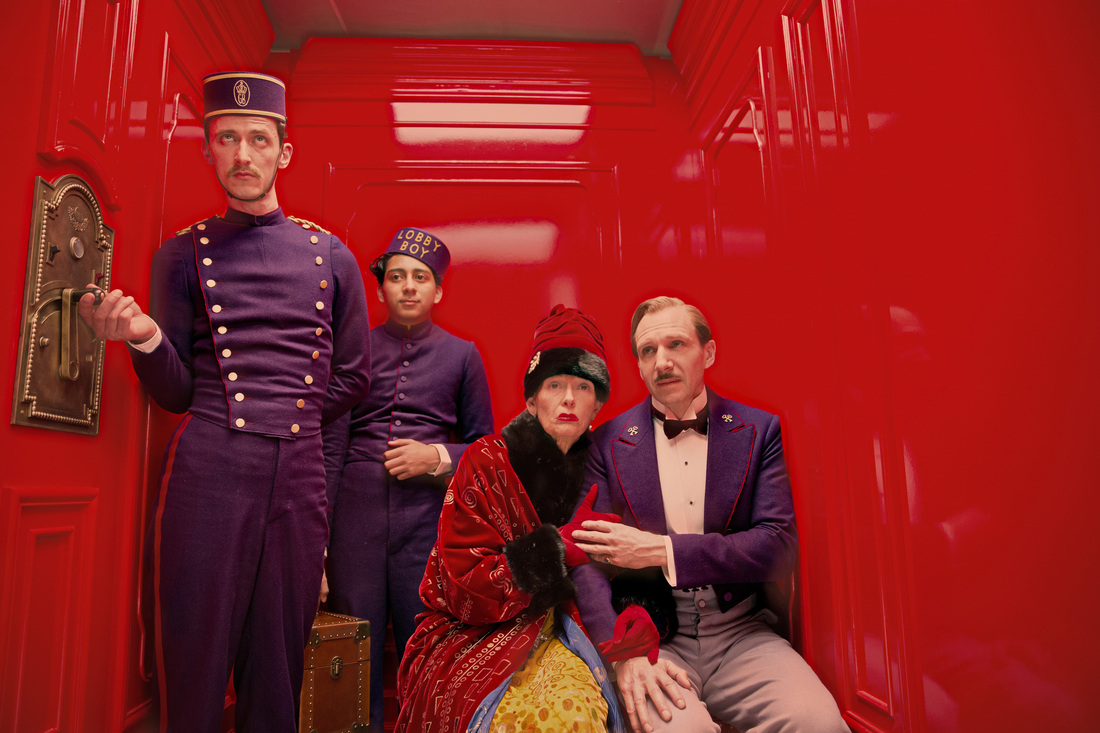
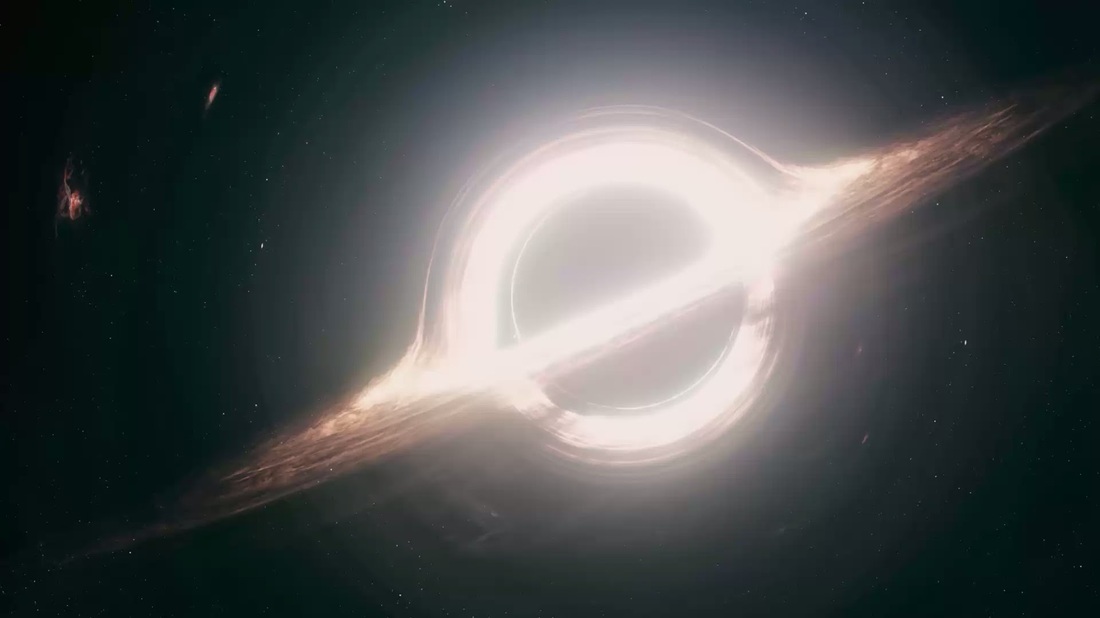
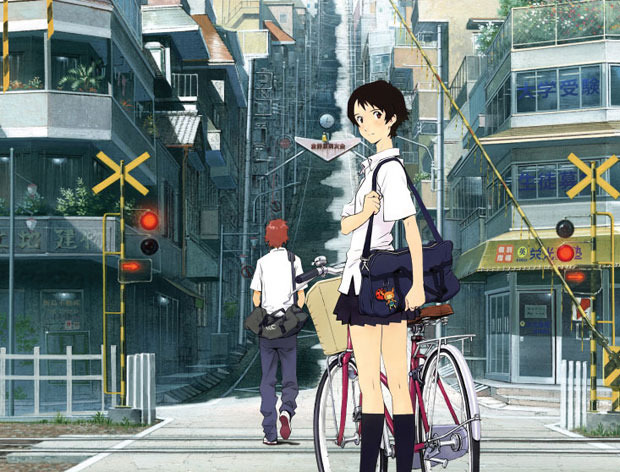
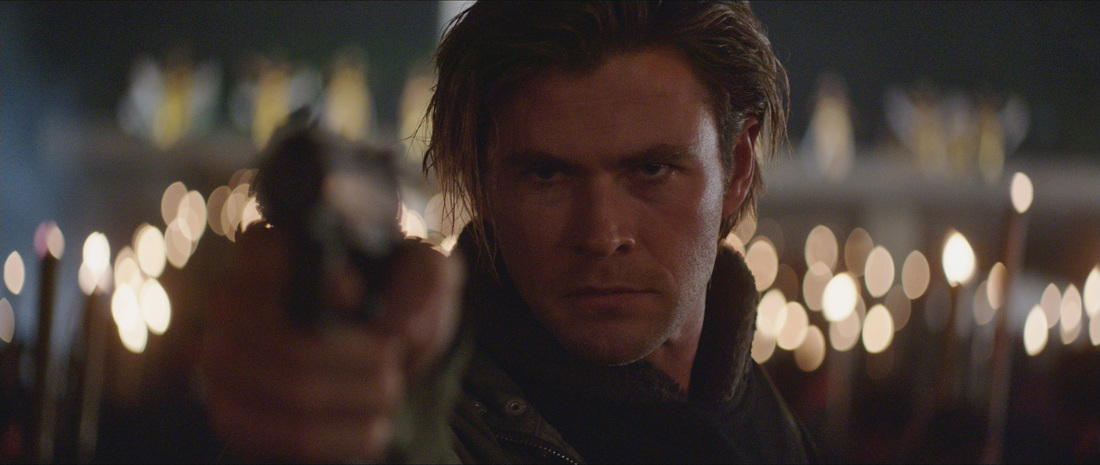
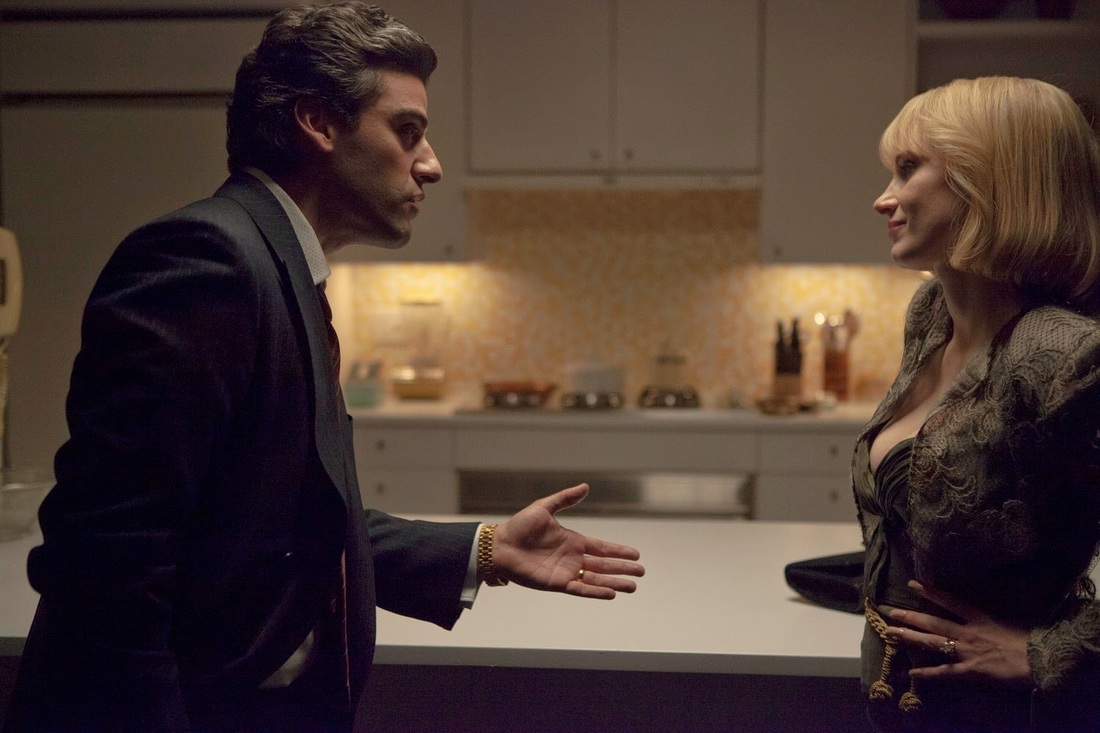
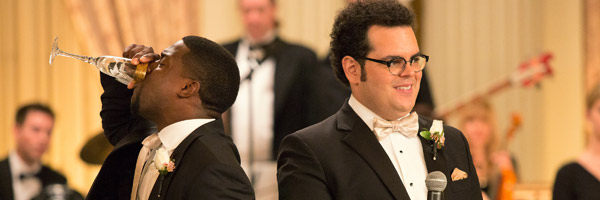
 RSS Feed
RSS Feed
